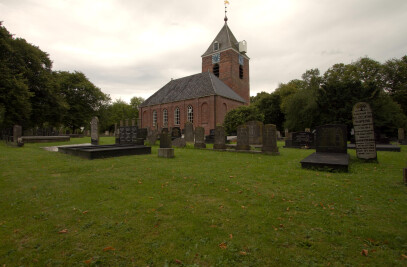Town district Slotervaart (Amsterdam) is experimenting with different ways of parcellation, trying to solve the most difficult issue in restructuring after-war districts: how to deal with the excesses of public space?
Taking the 2004 Development Plan for the Hart Staalmanplein as the point of departure, Onix elaborated a design for the square’s eastern and western edges. The envisaged blocks respond to the existing construction while simultaneously taking the liberty to explore and reinterpret the urban plan. Two strips on the Ottho Heldringstraat and the Bodaertsstraat limit the planning area rather like bookends. At the same time, these buildings harmonize with the existing houses in the vicinity in terms of height, shape and materialization. The characteristic profile of the Henri Dunantstraat, with its protruding ends, is echoed in the new design. Creating coherence between the old and the new is the key theme, in an attempt to generate balanced profiles on both the existing quarter and the railway zone.
The green, informal, and open character of the garden-city-like layout of the surroundings determined the structure of the interior area. In contrast to the Development Plan, Onix opted for an open and accessible building block. The public space of the park is drawn into the building and actually extends through the building via a public route. The entrances to the houses, the school, the neighbourhood amenities, the sports hall and the childcare centre guarantee the public nature of the interior area, both now and in the future. Stairs, slopes and galleries generate a continuous public space with landscape features, such as differences in elevation, variations in form, and degrees of public accessibility. In the planned architecture, the façades fold inward, transforming into a landscape element. The public space and the buildings jointly form a landscape interior as a counterweight to the urban exterior.

































